Honda Fit: The Best Years and the Years to Avoid
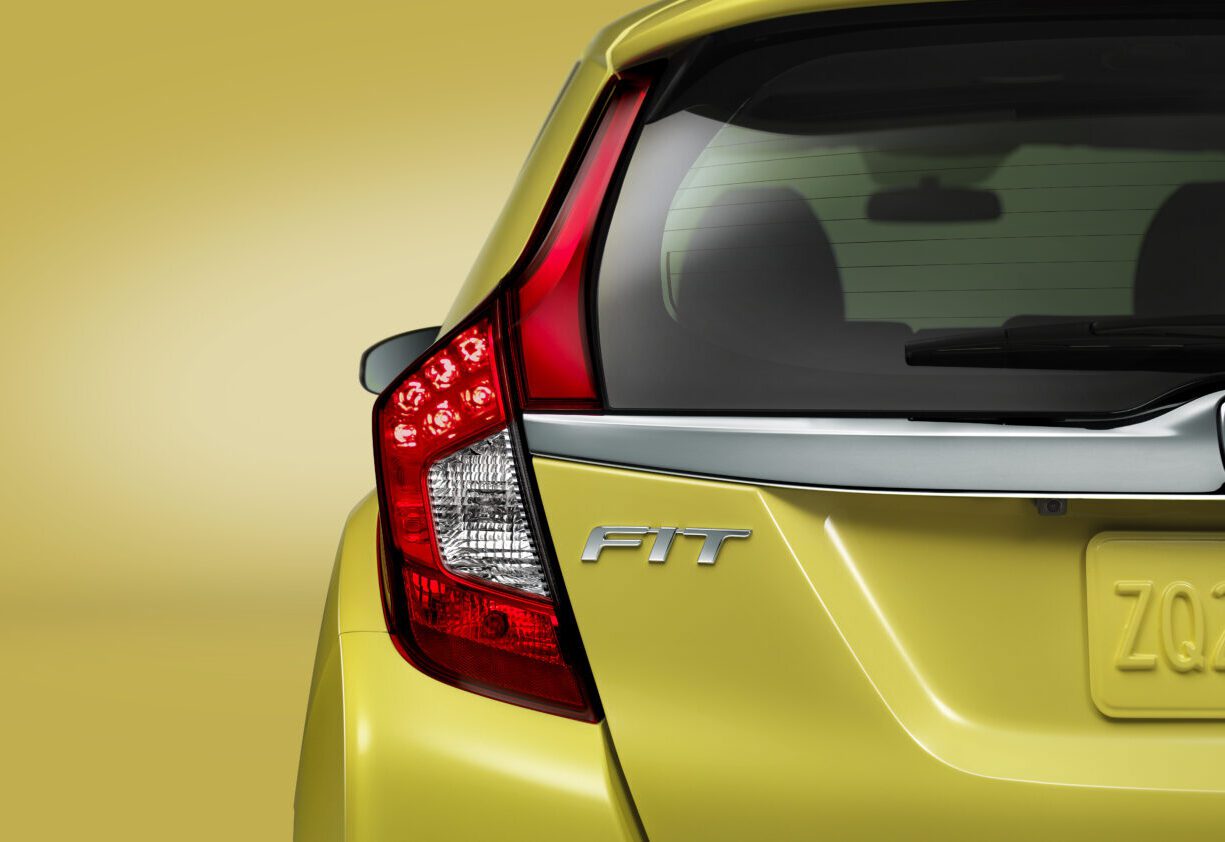
Contents
The versatile and efficient Honda Fit has been a favorite amongst city dwellers and fuel economy fans since it first hit American roads in 2007. However, as with any other vehicle, not all years of the Fit are created equal. In this guide, we help you sift through the chaff and narrow down the best years of the Honda Fit to consider as well as those to steer clear of.
The Best Years of the Honda Fit
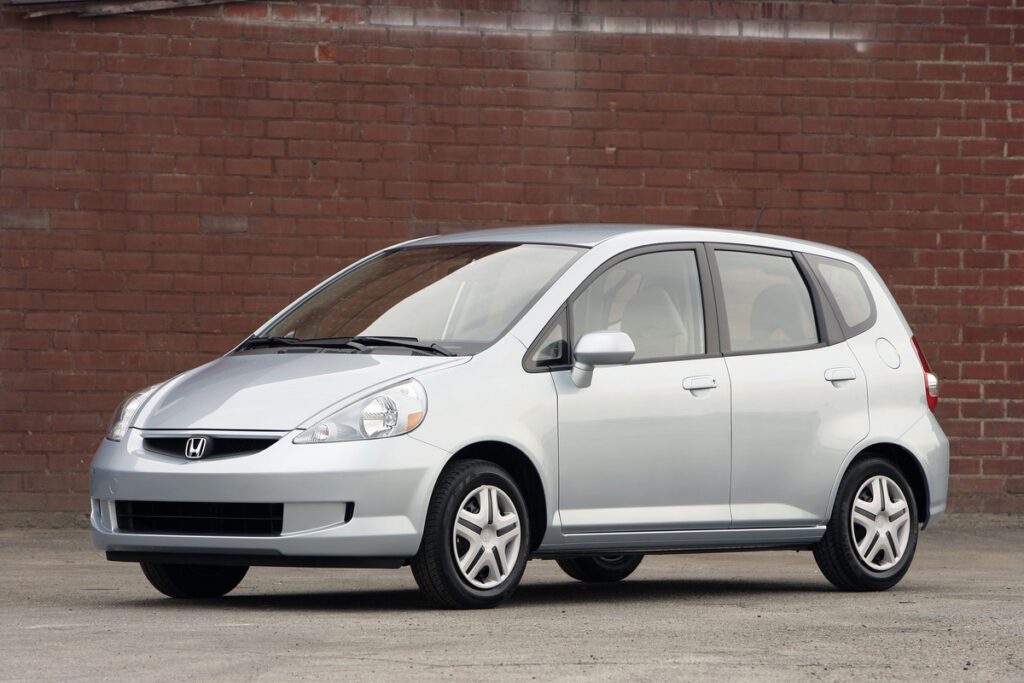
2007-2008: A Strong Start
Honda started strong with the Fit in 2007 and 2008. The debut model (pictured above) features a 1.5-liter four-cylinder engine, which, while not a powerhouse, delivers sprightly performance coupled with impressive fuel efficiency. These years stand out for their minimal recalls and high customer satisfaction ratings, making them a good pick for budget buyers.
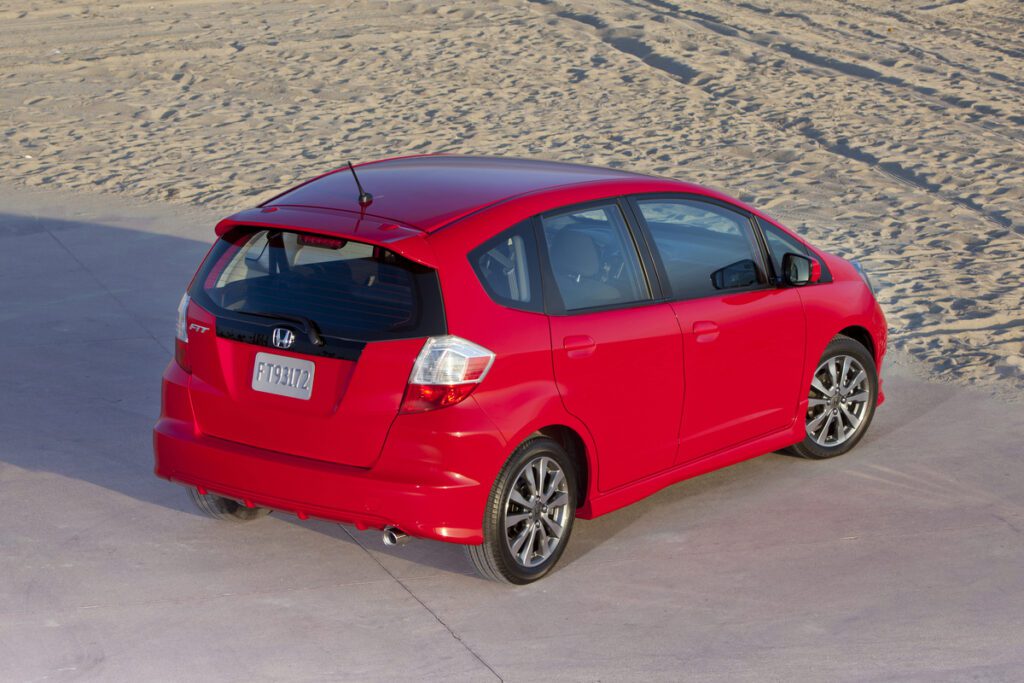
2012-2013: The Sweet Spot
The Fit’s second generation, particularly the 2012-2013 model years, strike a balance between improved features and proven reliability. With better interior materials and more standard equipment compared to earlier models, these specimens offer a strong value proposition.
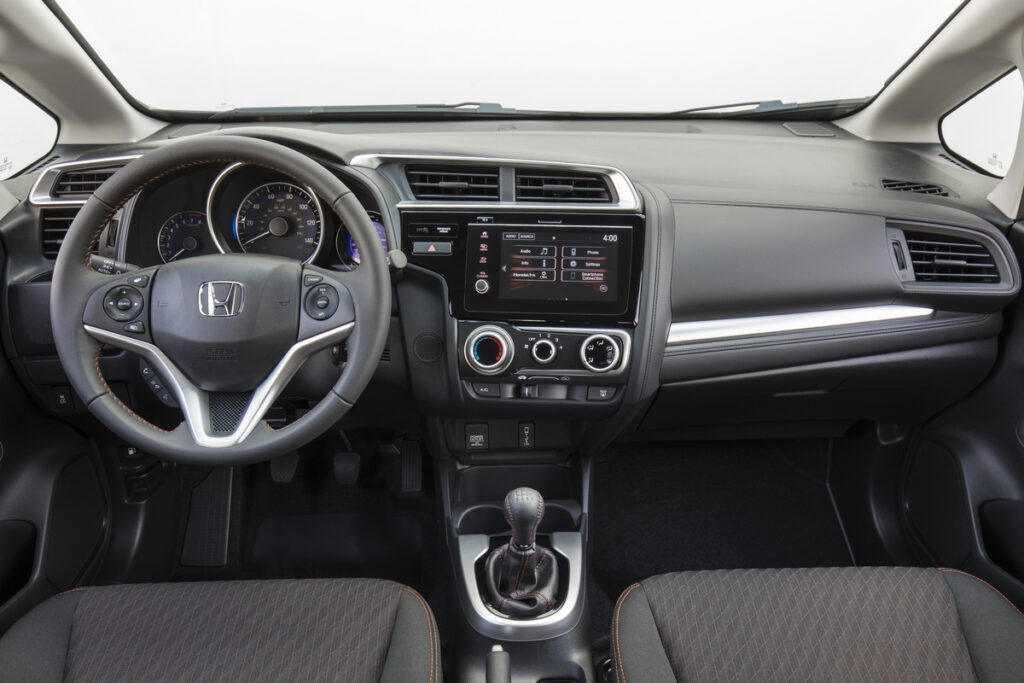
2018-2019: The Glory Years
These years represent the last of the third-generation Fits, where Honda ironed out the kinks of earlier models. Even better, they’re available with both Apple CarPlay and Android Auto integration and the Honda Sensing suite of active safety features, including adaptive cruise control. That makes them a great choice for buyers who insist on having the latest in modern tech. However, keep an eye out for higher price tags due to their relative newness.
Honda Fit Years to Avoid
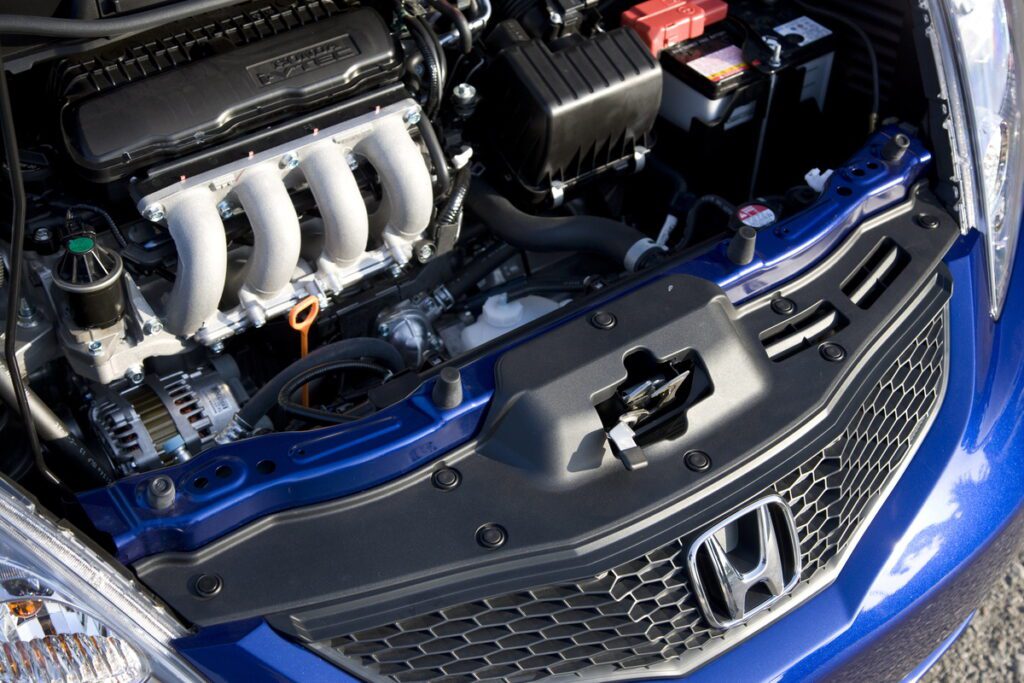
2009-2011: Engine Woes
Despite the second-generation Fit debuting with several improvements in 2009, this period is marred by significant engine problems. Recalls related to engine block cracks and premature ignition coil failure make these years less desirable. While not all cars from this period are affected, it’s worth being cautious and getting any potential purchase thoroughly inspected.
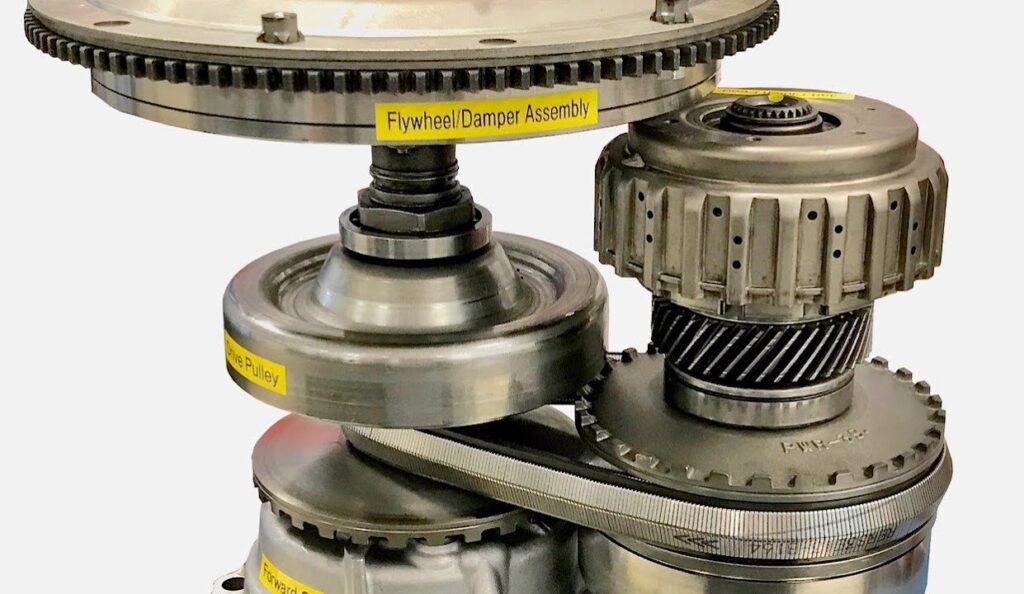
2015: Transmission Troubles
The Fit received a thorough redesign in 2015, which introduced a new continuously variable automatic transmission (CVT). While this generation brought more refinement and better fuel economy, its first year is also known for some instances of CVT failures, prompting a recall. Ensure any CVT-equipped examples from 2015 have been serviced for this issue. Or, perhaps even better, stick with the available six-speed manual gearbox.
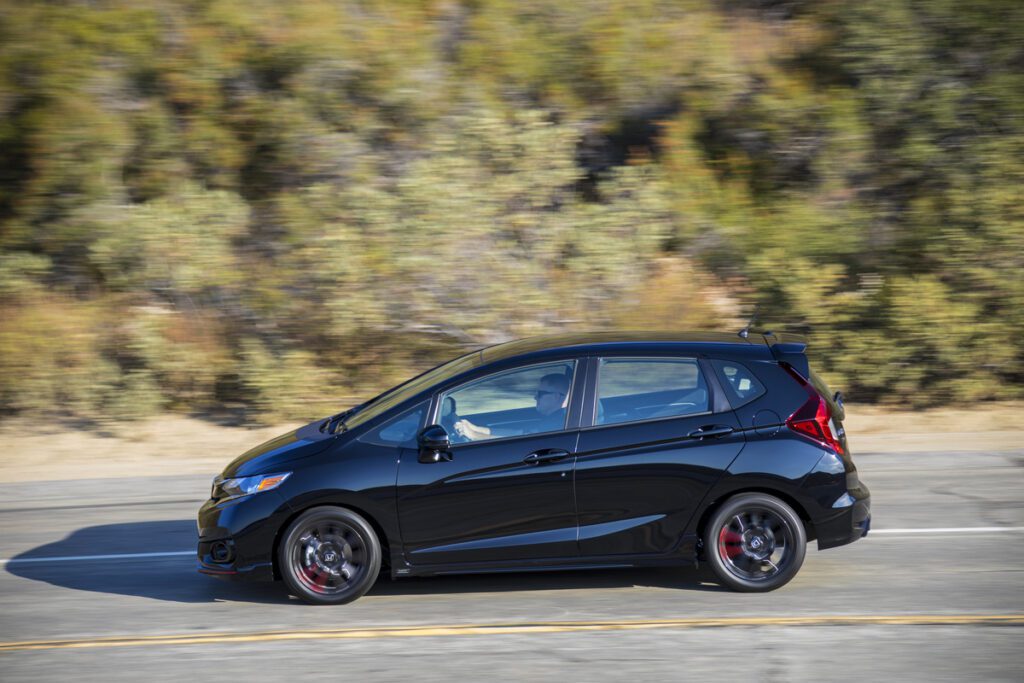
2020: One Year Wonder
In 2020, Honda launched a short-lived fourth-generation Fit with numerous updates. However, due to production issues and subsequent discontinuation in the U.S., there are fewer of these models on the used market, making parts and service potentially more challenging and expensive.
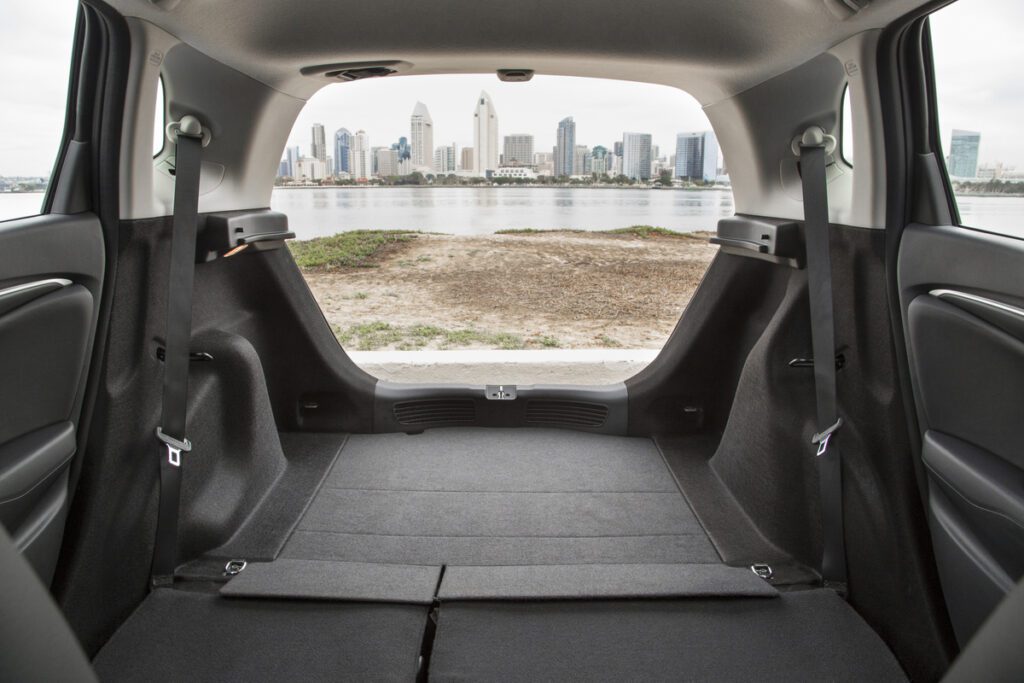
The Bottom Line
As with any used car, it’s critical to check the vehicle history and maintenance records and to undergo a pre-purchase inspection before pulling the trigger. Recall work should also be verified for the given model year. With the Honda Fit, focusing on the robust 2007-2008 years, the well-balanced 2012-2013 models, or those from the peak 2018-2019 era should also help to yield a satisfying ownership experience.
On the other hand, a cautious approach towards the Fit’s 2009-2011 and 2015 model years, and avoiding the rare 2020 version, should help keep you clear of potential ownership headaches.
Photos courtesy of Honda